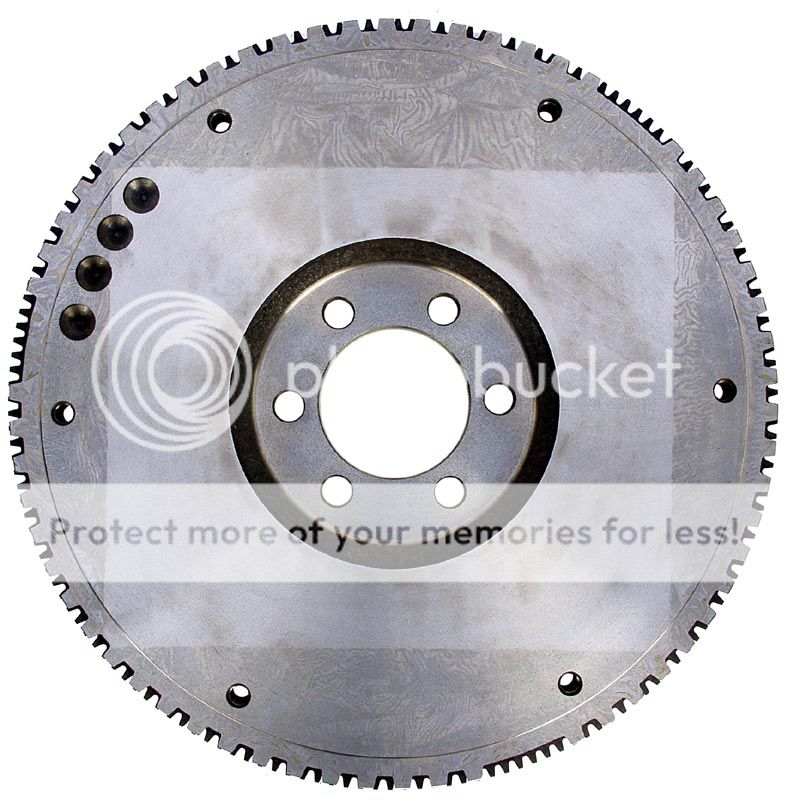Okay, it all started when I turned a piston ring sideways in the original 4.0 with only 103k miles. I found a great condition 99 4.0 and swapped it in. For simplicity I kept the original '88 head and all the Renix electronics. The only thing that didn't have a home on the '99 block was the knock sensor, which is currently disconnected.
I have never been able to start this engine since installing it. I know that you are all thinking that I left something unplugged. Well, I have spent 5 hours today checking every single plug under the hood and they are all good. I had my dad look it over by himself to get a 2nd opinion and he could find nothing unplugged. I have checked every fuse in the vehicle. I have tested the ignition coil, and have tried 2 different ignition control modules. I have tried grounding a spark plug and plugging it straight into the coil, no spark then either. Tested the CPS and it's ok. Both yellow wires going to the ignition control module have power with the ignition on and the ground tests ok. The ground for the pickup coil (inside the distributor) is good as well. The ground straps are hooked up and test good to the motor.
The Jeep ran when the engine was pulled, in fact it ran great considering that it had about 60psi compression in cylinder #4. It's an auto, NP231, 4.0L, laredo, renix POS.
Question 1 - How do I bypass the knock sensor? Apparently it sends little pulses of voltage to the computer whenever it detects pinging. Does it do this by varying resistance, or does it actually produce voltage? Would a resistor or just connecting the 2 wires together bypass it? Leaving the plug dangling is the best way to go? Can somebody test the resistance across the 2 leads on their knock sensor for me?
Question 2 - What else am I overlooking?
I have never been able to start this engine since installing it. I know that you are all thinking that I left something unplugged. Well, I have spent 5 hours today checking every single plug under the hood and they are all good. I had my dad look it over by himself to get a 2nd opinion and he could find nothing unplugged. I have checked every fuse in the vehicle. I have tested the ignition coil, and have tried 2 different ignition control modules. I have tried grounding a spark plug and plugging it straight into the coil, no spark then either. Tested the CPS and it's ok. Both yellow wires going to the ignition control module have power with the ignition on and the ground tests ok. The ground for the pickup coil (inside the distributor) is good as well. The ground straps are hooked up and test good to the motor.
The Jeep ran when the engine was pulled, in fact it ran great considering that it had about 60psi compression in cylinder #4. It's an auto, NP231, 4.0L, laredo, renix POS.
Question 1 - How do I bypass the knock sensor? Apparently it sends little pulses of voltage to the computer whenever it detects pinging. Does it do this by varying resistance, or does it actually produce voltage? Would a resistor or just connecting the 2 wires together bypass it? Leaving the plug dangling is the best way to go? Can somebody test the resistance across the 2 leads on their knock sensor for me?
Question 2 - What else am I overlooking?


